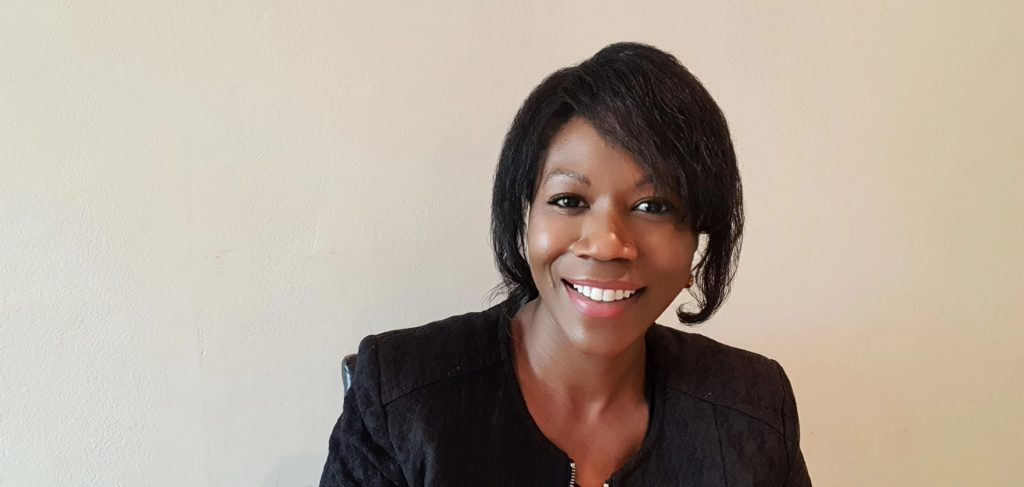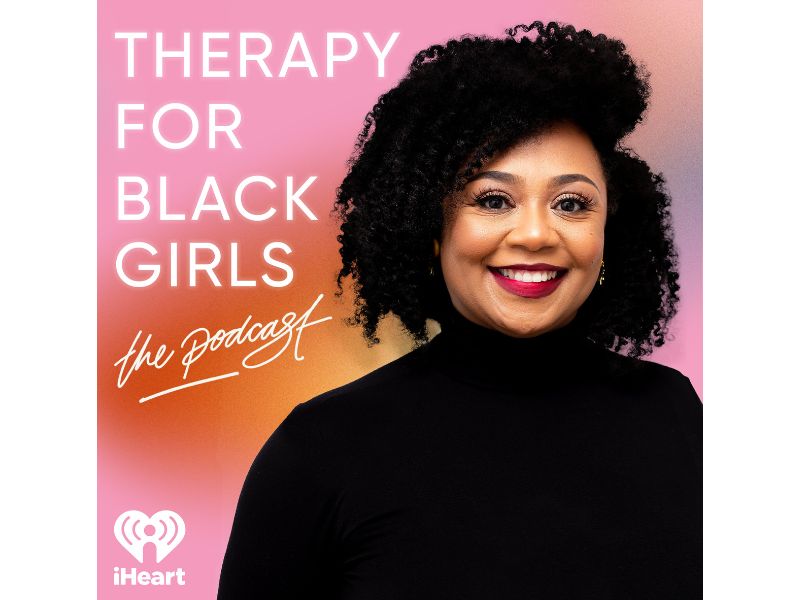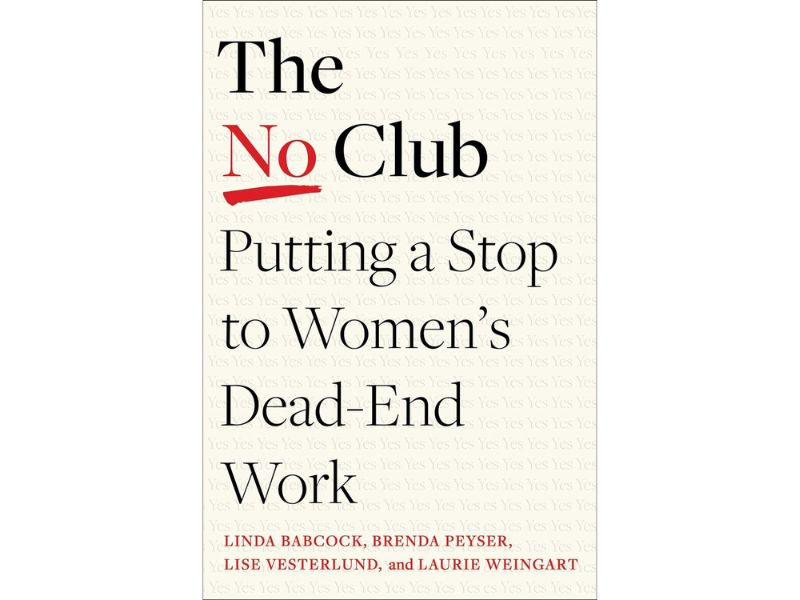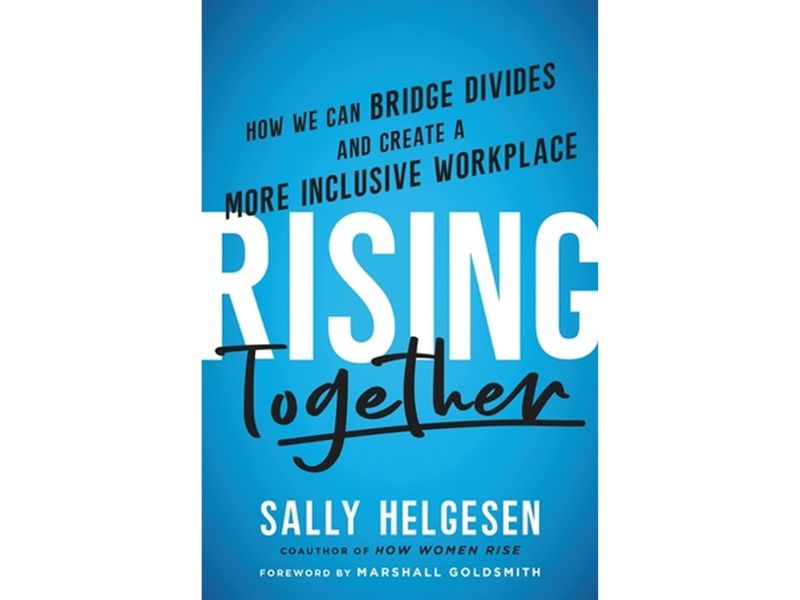 As a black female working in corporate companies, agencies and brands for the past 15 years, I have had first-hand perspective of the challenges relating to ‘intersectionality’ and unconscious bias.
As a black female working in corporate companies, agencies and brands for the past 15 years, I have had first-hand perspective of the challenges relating to ‘intersectionality’ and unconscious bias.
On a personal level it was hard to ignore the patterns that arose over my long stint in the workplace. Although I knew about these ‘unspoken issues’, I made my work the focus and the lever to get ahead. Once ahead, I knew that I would be in the best position to make a change.
In the early 2000s, after graduating, I was one of a handful of women in the marketing department. You could count on one hand, the total number of people of colour. By around 2010, there had been an ‘injection of colour’, mostly men and a few more women, none though in senior management. Today it is a somewhat different picture. You can walk in to any advertising agency in London and see a quarter of the workforce being both black, female or both. However on the brand side, it was still less diverse.
Diversity has come a long way, however the pace of change is slow, with still some way to go. The lack of diversity in workplace settings has a big impact both for internal teams in terms of growing and understanding their customer base and also wider society; from which careers are chosen to how much we normalise mixing with other ethnicities.
Unconscious bias
To begin with, most companies are set up by the same race and sex. Currently only 0.67% of UK businesses are black-owned despite black people accounting for 3.3% of the population. Female teams also only get 1% of all funding. Unconscious bias is often hard wired from the birth of a company and continues as it grows. Hiring teams want to ensure each candidate ‘fits in’ and often this will be in the mould of the founder and it continues from there.
Benefiting the bottom line
Having a diverse workforce has so many benefits. As well as being better for society, it is better for the bottom line. A recent McKinsey report revealed that companies that are the most racial and ethnically diverse, are 36% more likely to have financial returns that are above average for their industry. Having a more diverse workforce means you are more likely to represent the needs of all of your customers.
So what steps can companies take to really address this and avoid it merely being a tickbox exercise?
1) Abolishing terms like ‘the right fit’
Firstly, language matters. We need to abolish the terms ‘the right fit’ or ‘cultural fit’. It is a redundant reason to hire someone, even at entry level. The questions should actually be; can they do the job and what point of view does a candidate bring to the organisation? Are they just more of the same or can they bring a new perspective, to enhance what the company already has?
2) Think about the language you use
Secondly, pay attention to words used for different employees. For example, very often black employees are called ‘aggressive’ while the same action from non diverse employees are labeled ‘assertive’. Women are ‘bossy’ when giving direction, while men ‘lead’. Labels stick and come with stigmas, which have career lasting effects.
3) Ensure genuine representation in the Boardroom
How can we expand our understanding and increase diversity? By expanding the different kinds of voices in leadership roles. To do this, create opportunities for diversity in boardrooms, which becomes a voice that is heard and seen, with as much gravitas, as any other. Provide examples of greatness in the workplace, including more people from a diverse background. Diversity should be normalised and black and female voices should be heard and seen in a variety of roles, not just succession roles which are few and far between, or just at entry level.
4) Pay fairly
We know the pay gap at major corporations is as big as 30%! This should be addressed in a creative way at first with training, incentives, upskilling and support, then as soon as possible, with equal pay. This is key to female staff retention in the long run.
5) Don’t thrust unfair responsibility on someone’s shoulders
Currently the trend of ‘diversity training’ for the leadership team or entire company is being thrust upon the diverse employees, causing undue additional stress. There should be careful consideration about how diverse employees are involved in increasing inclusivity. Avoid putting this on inexperienced shoulders. Many employees feel like they cannot say no and are too often put on the spot to come up with all the solutions or share personal experiences. Diversity training should be led by someone who is actually diverse and qualified to do so. There are numerous new companies who do this and outside assistance is often the best way to tackle this.
6) Widen the hiring pool and diversify suppliers and partners
Employers can be actively looking for diversity, alongside the right skilled candidate. Ensuring the hiring pool is wider is key. Use ‘blind’ recruitment processes, such as reviewing specific answers to questions, without knowing the candidates’ names, as a way to determine who is interviewed. Actively seek out and use more diverse training companies, recruitment agencies, suppliers and guest speakers. Give more opportunities to smaller businesses, many of which will have a more diverse make up.
With equal pay and more senior diverse leaders, we can inspire more black women to ask for the right level or pay and go for those big roles, as they see a real chance of getting them. In turn the cycle of homogeneity can be broken. Companies that take on such initiatives, will be the companies that everyone will want to work for in the future.
 About the author
About the author
Nadine Campbell is an entrepreneur, marketing expert and diversity champion. She runs her own marketing consultancy Digital Helpdesk and set up Ace Entrepreneurs, the organisation championing diverse entrepreneurs and women in business.
WeAreTheCity covers the latest female centric news stories from around the world, focusing on women in business, careers and current affairs. You can find all the latest gender news here.
Don’t forget, you can also follow us via our social media channels for the latest up-to-date gender news. Click to follow us on Twitter, Facebook, Instagram, and YouTube.








